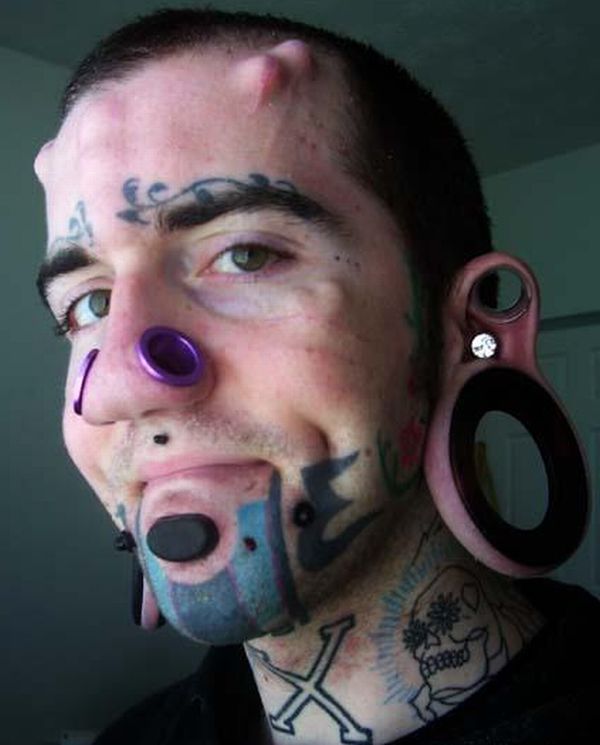Scarification has existed for a very long time and is mainly associated with the ceremonial and religious practices of Australia and West Africa. The tribals belonging to places such as New Guinea and Australia have made use of this procedure to mark the change of phase from adolescence to adulthood or to denote other rites of passage. Today scarification has developed into a modern art form and is rapidly gaining acceptance worldwide. Scarification just like piercing involves skin trauma and injury. Following the healing process, people tend to peel off the scabs formed in order to lengthen the heeling process. Sometimes, this constant irritation can lead to infection also. Hence, it is very important to cleanse the wound and maintain good hygiene if opting for scarifictaion.

Scarification can result from various methods namely branding, cutting and chemical scarification. When the scarification process is performed through cutting, the skin is removed with the help of tools such as knives to obtain a unique scar design. Once the healing process is complete, a flatter scar or keloids can be formed.
The scarification healing process is mostly long drawn, and there are diverse views regarding the best techniques for after care. To get the best results, a person should preferably go to a skilled practitioner having several years of experience. The client can follow his advice relating to wound healing and after care to get the desired results. Basically, scarification aftercare technique involves two categories namely irritating the wound or just leaving it alone. Clients are also advised to follow good hygiene and simple after care techniques to benefit from the best results. They can just allow the air to circulate freely around the wound to promote healing. Some people prefer to irritate the wound to foster its healing. However, this can only result in harmful effects such as uneven healing and infection.




